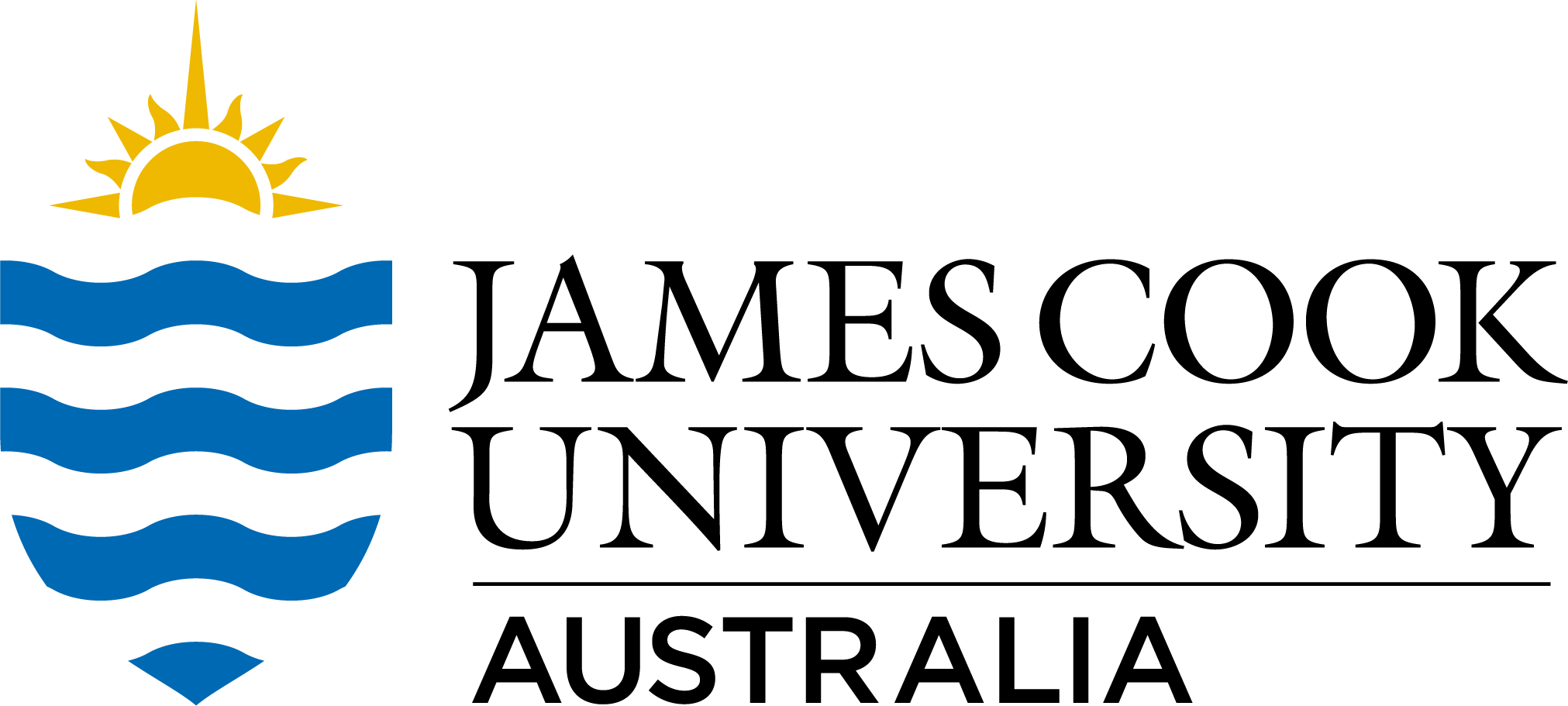Full description
Background: The effectiveness of vector control on malaria transmission by long lasting insecticidal nets (LLINs) and indoor residual spraying (IRS) depends on the vectors entering houses to blood feed and rest when people are inside houses. In the Solomon Islands, significant reductions in malaria have been achieved in the past 20 years with insecticide treated bednets, IRS and improved diagnosis and treatment with artemisinin combination therapies; despite the preference of the primary vector, Anopheles farauti, to feed outdoors and early in the evening and thereby avoid potential exposure to insecticides. Rational development of tools to complement LLINs and IRS by attacking vectors outdoor requires detailed knowledge of the biology and behaviours of the target species.
Methods: Malaria transmission in Central Province, Solomon Islands was estimated by measuring the components comprising the entomological inoculation rate (EIR) as well as the vectorial capacity of An. farauti. In addition, the daily and seasonal biting behaviour of An. farauti, was examined and the duration of the feeding cycle was estimated with a mark-release-recapture experiment.
Results: Anopheles farauti was highly exophagic with 72% captured by human landing catches (HLC) outside of houses. Three-quarters (76%) of blood feeding on humans was estimated to occur before 21.00 h. When the hourly location of humans was considered, the proportion of exposure to mosquito bites on humans occurring indoors (πi) was only 0.130 ± 0.129. Peak densities of host seeking An. farauti occurred between October and January. The annual EIR was estimated to be 2.5 for 2012 and 33.2 for 2013. The length of the feeding cycle was 2.1 days.
Conclusions: The short duration of the feeding cycle by this species offers an explanation for the substantial control of malaria that has been achieved in the Solomon Islands by LLINs and IRS. Anopheles farauti is primarily exophagic and early biting,with 13% of mosquitoes entering houses to feed late at night during each feeding cycle. The 2 day feeding cycle of An. farauti requires females to take 5-6 blood meals before the extrinsic incubation period (EIP) is completed; and this could translate into substantial population-level mortality by LLINs or IRS before females would be infectious to humans with P. falciparum and P. vivax. Although An. farauti is primarily exophagic, the indoor vector control tools recommended by the World Health Organisation (LLINs and IRS) can still provide an important level of control. Nonetheless, elimination will likely require vector control tools that target other bionomic vulnerabilities to suppress transmission outdoors and that complement the control provided by LLINs and IRS.
Notes
This dataset is available as a description of data archiving and data dictionaries in PDF format and a spreadsheet in MS Excel (.xlsx) and Open Document (.ods) formats.
This dataset was updated 14/08/2018. The sampling period was extended from a completion date of 21/02/2014 to 23/07/2017.
Created: 2016-02-17
Data time period: 27 08 2011 to 23 07 2017
text: Nggela Sule Island, Solomon Islands
text: Haleta, Solomon Islands
User Contributed Tags
Login to tag this record with meaningful keywords to make it easier to discover
- DOI : 10.4225/28/56C671268CF73

- Local : researchdata.jcu.edu.au//published/f61637cf43ce7770e669490ce0fb5d5f
- Local : 6cdb20200290c006137f5eb32fd68c65


